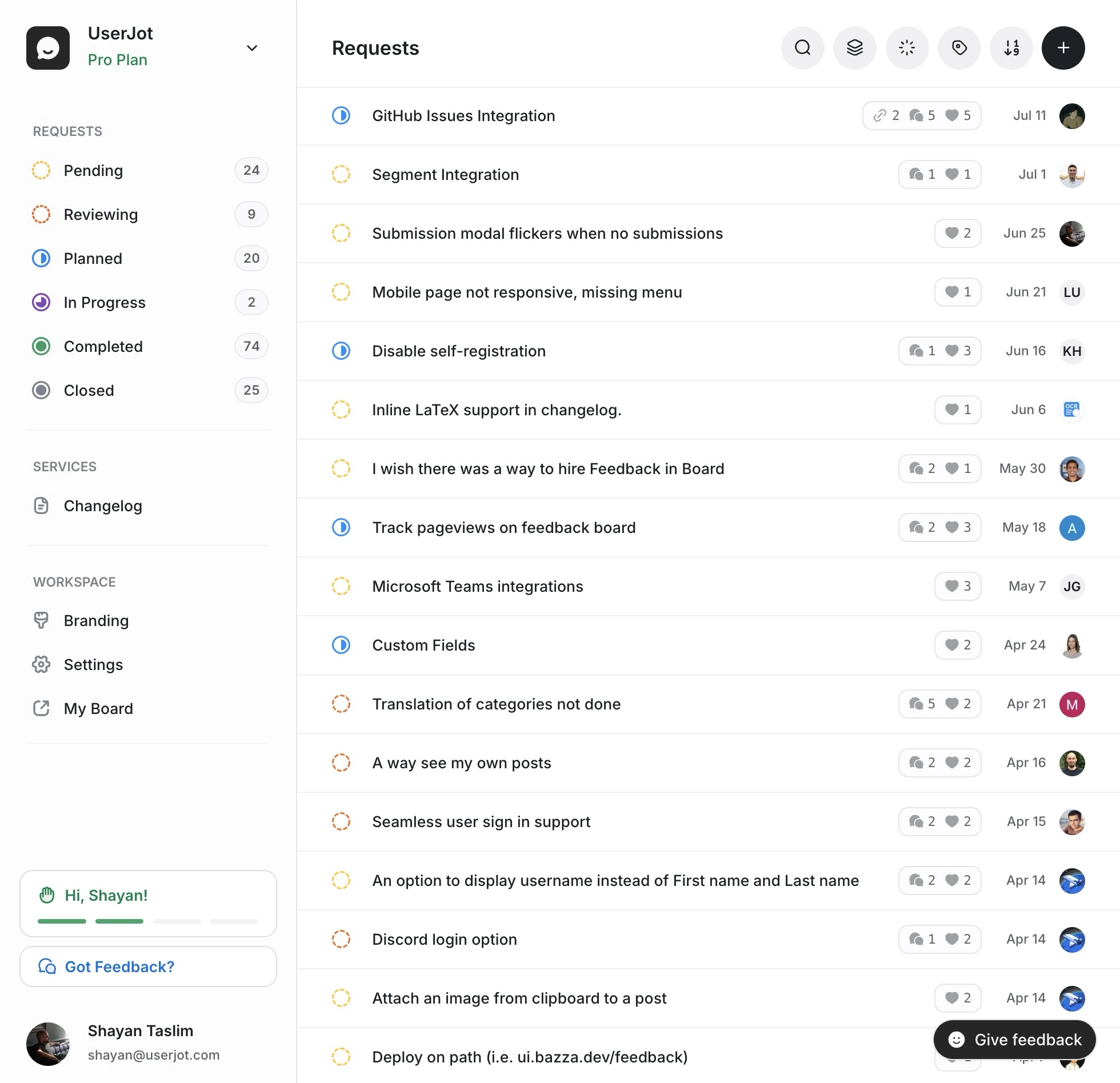Cursor CLI Pricing: The Hidden Costs Nobody Talks About

I raked up a $500 bill in Cursor IDE back in June after going hard on Opus 4 for everything! It was absolutely amazing to see the quality of the code it was generating, but the price was, uh…, insane. So I switched to Claude Code’s Max plan for two months, everything was great until the performance degradation with Opus 4.1 and I ended up having to cancel my subscription.
Now I’m exploring CLI-based tools like OpenAI Codex and Cursor CLI. Finding accurate Cursor CLI pricing information is hard - search for it and you’ll only find generic pricing pages, confused forum posts, and outdated documentation. They show you how to install the CLI but never explain how its pricing differs from the IDE.
How CLI Pricing Works
Cursor CLI shares your subscription’s usage pool with the IDE. Same $20/month Pro plan, same monthly limits. Sounds fair.
Here’s the catch: Auto mode doesn’t exist in CLI.
In the IDE, Pro users get unlimited requests through Auto mode. The system intelligently picks models and manages your usage. In the CLI, you manually specify models for every single request. Every request burns through your $20 monthly allowance at API rates.
This is exactly what burned me in the IDE - I manually selected Opus 4 instead of letting Auto mode choose cheaper models when appropriate. At $15/$75 per million tokens, it adds up fast. Now with GPT-5 at $1.25/$10 per million tokens and better model selection habits, the economics are much better.
Additional Pricing Details
After researching how CLI pricing works, here’s what else I found:
Shared Usage Pool: Your CLI and IDE usage come from the same bucket. Heavy CLI usage means your IDE becomes unusable once you hit limits.
Token-Based Billing: They switched from request-based to token-based pricing in June 2025. The dashboard no longer clearly shows remaining quota.
Max Mode Pricing: When you exceed your subscription limits, Cursor’s “Max mode” kicks in. This charges API rates plus a 20% margin for infrastructure and features.
Why CLI Costs More
After my $500 IDE experience, I can see why CLI pricing works differently. In the IDE, even heavy usage has natural limits - you can only type so fast. CLI automation can fire off hundreds of requests per hour.
Without Auto mode as a rate limiter, unrestricted CLI access at $20/month would be unsustainable. Having CLI users pay full API rates is reasonable. I just wish it was documented more clearly before I started exploring it as an option.
Alternative Tools
After my expensive month, I researched alternatives:
Claude CLI: $200/month gets you significantly more usage than Cursor. No hidden limitations. Clear documentation.
OpenAI Codex: $20/month includes both web and CLI access. Transparent limits. I wrote about the pricing here.
Direct API Usage: Use your preferred model directly through their APIs. You lose integration features but gain cost control.
VS Code + Copilot: $10/month for autocomplete. Not as powerful but predictable costs.
My Current Setup
After cancelling Claude Code, I’m trying out different CLI tools. I’m giving both OpenAI Codex CLI and Cursor CLI a shot. For Cursor CLI, I’m on the $20/month Pro plan but expecting to use pay-as-you-go, switching between GPT-5 for simpler tasks and Opus 4.1 when I need the extra intelligence.
I’m building UserJot, a feedback management tool that helps teams collect user feedback, manage product roadmaps, and publish beautiful changelogs. AI coding assistants have been amazing for shipping features quickly as a solo founder - Claude Code’s Max plan was actually great value at $200/month, but the recent performance degradation makes it harder to justify. Now I’m exploring other options to get the same productivity boost while getting my money’s worth.

Stop guessing what to build. Let your users vote.
Try UserJot freeCost Management Tips
If you’re using Cursor CLI, here’s how to keep costs reasonable:
Monitor Daily: Check cursor.com/dashboard regularly. The token view shows your actual usage.
Set Usage Limits: Configure spending limits in your account settings to prevent surprises.
Switch Models: Use cheaper models like Gemini Flash or GPT-5 for simple tasks. Save Opus 4.1 for complex work that truly needs it. This alone could cut costs by 70-80%.
Batch Requests: Combine multiple operations into single prompts when possible.
Key Takeaway
Here’s the information that would have helped me budget better:
“Cursor Pro includes $20 of usage at model API rates. CLI cannot access Auto mode (unlimited usage), so every request counts against this allowance. With Opus 4.1 at $15/$75 per million tokens, heavy CLI users will quickly exceed limits and enter Max mode, which charges API rates plus 20%. Budget accordingly.”
Understanding the actual token prices would have changed everything. A single heavy coding session with Opus 4.1 can burn through the entire monthly allowance.
Final Thoughts
Cursor makes a great IDE. The $20/month Pro plan with Auto mode is genuinely good value for IDE users. The CLI pricing just works differently, and that difference can be expensive for automation-heavy developers.
If you’re using Cursor CLI professionally, budget $200+ monthly minimum. Otherwise, explore alternatives that offer transparent CLI-specific pricing.
The $500 IDE bill taught me an expensive lesson: always understand the pricing model before building your workflow around a tool. Now as I explore CLI options, I’m being much more careful about understanding the costs upfront.
FAQ
Does Cursor CLI have separate pricing from Cursor IDE?
No. Cursor CLI uses the exact same subscription and usage pool as the IDE. There’s no additional CLI allocation or separate pricing tier.
Why does Cursor CLI cost more than using the IDE?
CLI doesn’t have access to Auto mode, which provides unlimited usage in the IDE. Every CLI request consumes your monthly allowance, and once exceeded, you’re charged at API rates through Max mode.
How much does Cursor CLI actually cost for professional use?
Most professional developers report $200 to $500 monthly for active CLI usage. The $20 Pro plan typically lasts only a few days with heavy automation.
Can I use Auto mode in Cursor CLI?
No. Auto mode is completely unavailable in CLI. You must manually specify models for every request, which directly consumes your usage allowance.
What is Max mode pricing?
Max mode activates when you exceed your subscription limits. It charges the model provider’s API price plus a 20% margin. This includes all tokens: your messages, code files, and context.
How do I check my remaining Cursor CLI quota?
Visit cursor.com/dashboard to see token-level usage. Note that the interface changed in June 2025 and no longer clearly displays remaining quota.
Is Cursor CLI worth it compared to alternatives?
For heavy CLI users, alternatives like Claude CLI ($200/month) or direct API usage often provide better value. Cursor CLI makes sense only for occasional automation.
Why did my Cursor bill suddenly spike?
The June 2025 switch from request-based to token-based billing caught many users off-guard. Additionally, using expensive models like Opus 4 through CLI quickly consumed hundreds of dollars.
Does Cursor offer refunds for unexpected CLI charges?
Cursor offered refunds to users affected by the June 2025 pricing changes. Contact support if you experienced bill shock due to undocumented CLI limitations.